Kelley Blue Book Names 2017 Image Award Winners; Subaru Takes Three, GMC Wins an Odd One

The importance of favorable perception is invaluable when it comes to sales. If a product or brand doesn’t inspire some sort of positive association, then it’s not likely to be around for longer.
Automotive brands are specifically interested in gaining recognition for their strengths. When you think of the most reliable or best-looking cars, one or two brands usually jump to the front of your mind — and the same can be said for the worst examples in the industry. Those companies are aware of their status and, on the off-chance they forget, certain outlets are only too happy to remind them.
Based on insights and data collected via Kelley Blue Book’s brand watch study, the automotive research company has established the victors of its Brand Image Awards for 2017. While most winners are about as surprising as a cold winter in Canada, a few recipients took some dissecting to make sense of.
Beginning with the so-expected-it’s-almost-not-worth-mentioning categories, Subaru and Lexus took the best overall image awards for mainstream and luxury brands.
While Subaru is not universally beloved, it is associated with some of the strongest brand loyalty in the industry. People don’t just like their Subarus, they often adore and trust them. Meanwhile, Lexus has continued the trend of offering luxury cars with good value and above-average reliability. KBB didn’t say so, but we all know even those that aren’t particularly fond of Toyota’s luxury division are unlikely to debate its merits. It was a repeat victory for the companies in both categories. The two also won the most trusted brand award.
Mazda took top honors for having the best styling, with Jaguar as its luxury counterpart. It’s difficult to fault any vehicle in Mazda’s current lineup for being unprepossessing, and the Japanese automaker’s styling has only continued to improve in recent years. Jaguar has similarly stepped up its game — currently manufacturing one of the only sexy crossovers in existence and a sports coupe that offers looks on par with substantially more expensive rivals.
Honda and Buick both received best value awards. Some might argue there are other options worth considering, but Honda’s above-average resale value is what made consumers put it on top. However, calling Buick a luxury brand is slightly problematic. It’s one of the few remaining mid-tier luxury marques left in the domestic market, but recent years have seen the brand touted for offering high quality for a competitive price.
Porsche, unsurprisingly, won for best performance brand, with Subaru returning as its mainstream equal. While Porsche has remained the clear choice for five years running, Subaru is less obvious. After all, with the exception of the WRX, STI, and BRZ, the Japanese carmaker doesn’t really have much in the way of performance-oriented options, and nothing in the way of obscene horsepower or flamboyantly aggressive styling. KBB claims consumers responded positively to Subaru’s ever-present all-wheel drive. By offering confident performance in all weather conditions and climates, Subie manages to maintain its fleet’s already solid driving dynamics on less-than-desirable surfaces. Framed in that way, the win makes sense, though there are obviously holes to poke in the decision — especially when other brands offer sporty trim levels and gobs of power.
Kelley Blue Book bestowed the most refined awards upon Mercedes-Benz and, wait for it, GMC. Again, Mercedes seems like a sound decision for consumers to make — especially considering Audi’s recent diesel-related troubles. But GMC?
This is the brand’s fourth consecutive win with KBB’s Image Awards and it, as always, needs rationalization. KBB claims the victory had much to do with the Denali sub-brand. While GMC is certainly capable of producing hearty work and off-road vehicles, Denali allows customers to tap into near-luxury brand amenities. Understandable, but some readers are probably readying their typing fingers to disagree, as GMC builds more than just Denali vehicles.
Still, the truck brand didn’t maintain consumers’ overall admiration for building the best pickup on the road. That award went to Ford and its F-Series. That’s entirely down to there being more F-Series trucks in driveways than grains of sand at the beach. Ford’s pickup has maintained a stranglehold on the North American market for decades and, even if it produced a bad one, it would likely persist as the best-selling model for years before the public got wise.
[Image: Subaru]

A staunch consumer advocate tracking industry trends and regulation. Before joining TTAC, Matt spent a decade working for marketing and research firms based in NYC. Clients included several of the world’s largest automakers, global tire brands, and aftermarket part suppliers. Dissatisfied with the corporate world and resentful of having to wear suits everyday, he pivoted to writing about cars. Since then, that man has become an ardent supporter of the right-to-repair movement, been interviewed on the auto industry by national radio broadcasts, driven more rental cars than anyone ever should, participated in amateur rallying events, and received the requisite minimum training as sanctioned by the SCCA. Handy with a wrench, Matt grew up surrounded by Detroit auto workers and managed to get a pizza delivery job before he was legally eligible. He later found himself driving box trucks through Manhattan, guaranteeing future sympathy for actual truckers. He continues to conduct research pertaining to the automotive sector as an independent contractor and has since moved back to his native Michigan, closer to where the cars are born. A contrarian, Matt claims to prefer understeer — stating that front and all-wheel drive vehicles cater best to his driving style.
More by Matt Posky
Latest Car Reviews
Read moreLatest Product Reviews
Read moreRecent Comments
- Bd2 The "e" nomenclature signifies the e-ATPs which BMW is pursuing.
- Dave M. I'm sorry to see any storied name go away. The lifespan of the Malibu has fit perfectly in my lifetime years-wise. Some of the highlights include the first and second generations, the '78 revamp (very clean design), and the 2005 generation. Ford, GM and Mopar gave this segment away by allowing Toyota and Honda a foot in the door and then always having to play catch-up. How hard is it to make a truly competitive sedan at a profit? Obviously, Japan Inc. figured it out.I've driven a few rentals these past years; the Malibu got the job done but honestly the Passat and Altima were my rental preferences.
- Kcflyer actually yes. It's a shame that a product this uncompetitive can still outsell GM's entire EV offerings. Those products have had billions thrown at them. Imagine how nice the new Malibu, Impala, SS, and Lacrosse would be with that kind of commitment.
- 3SpeedAutomatic Nope....
- Bd2 Looking forward to flooding the rental lots with Hyundai and Kia models, this is just one obstacle now eliminated.
















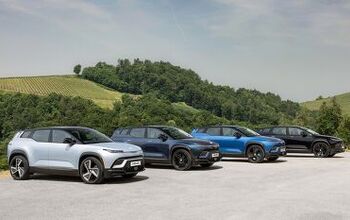



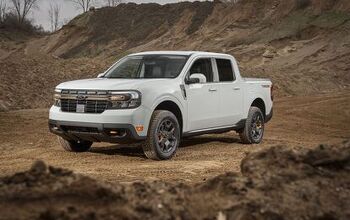

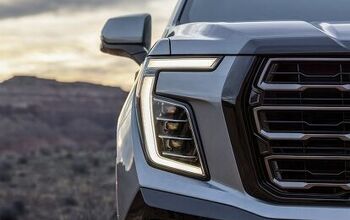
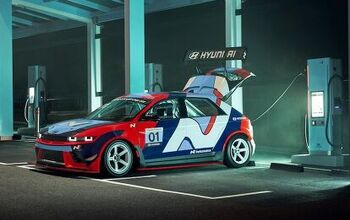
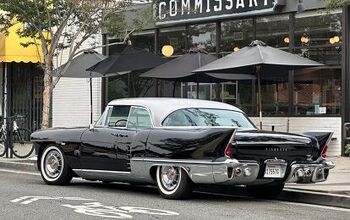
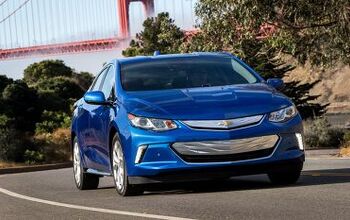
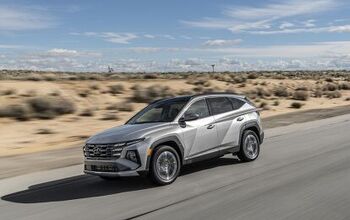
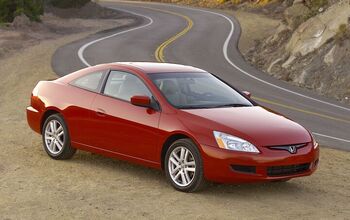
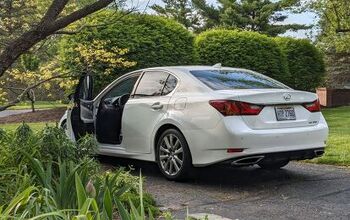
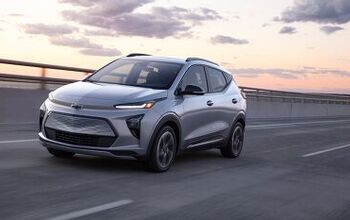
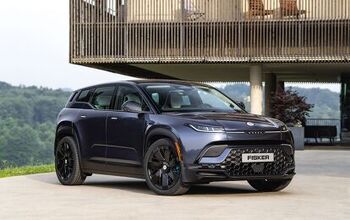
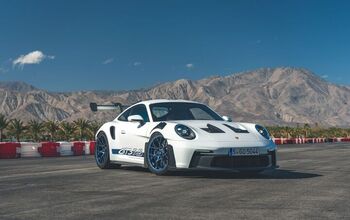
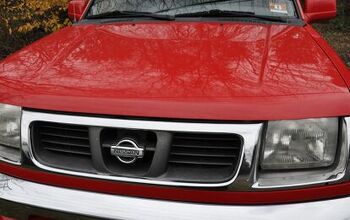
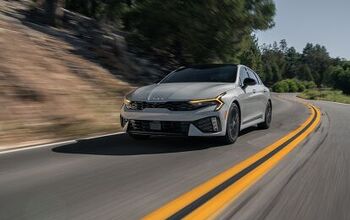
Comments
Join the conversation
KBB? I don't have to look at their biased website anymore since AdBlock took care of their propaganda.
Look at the GMC Acadia Denali! Wonder how much GM had to pay to get that from Kelly?